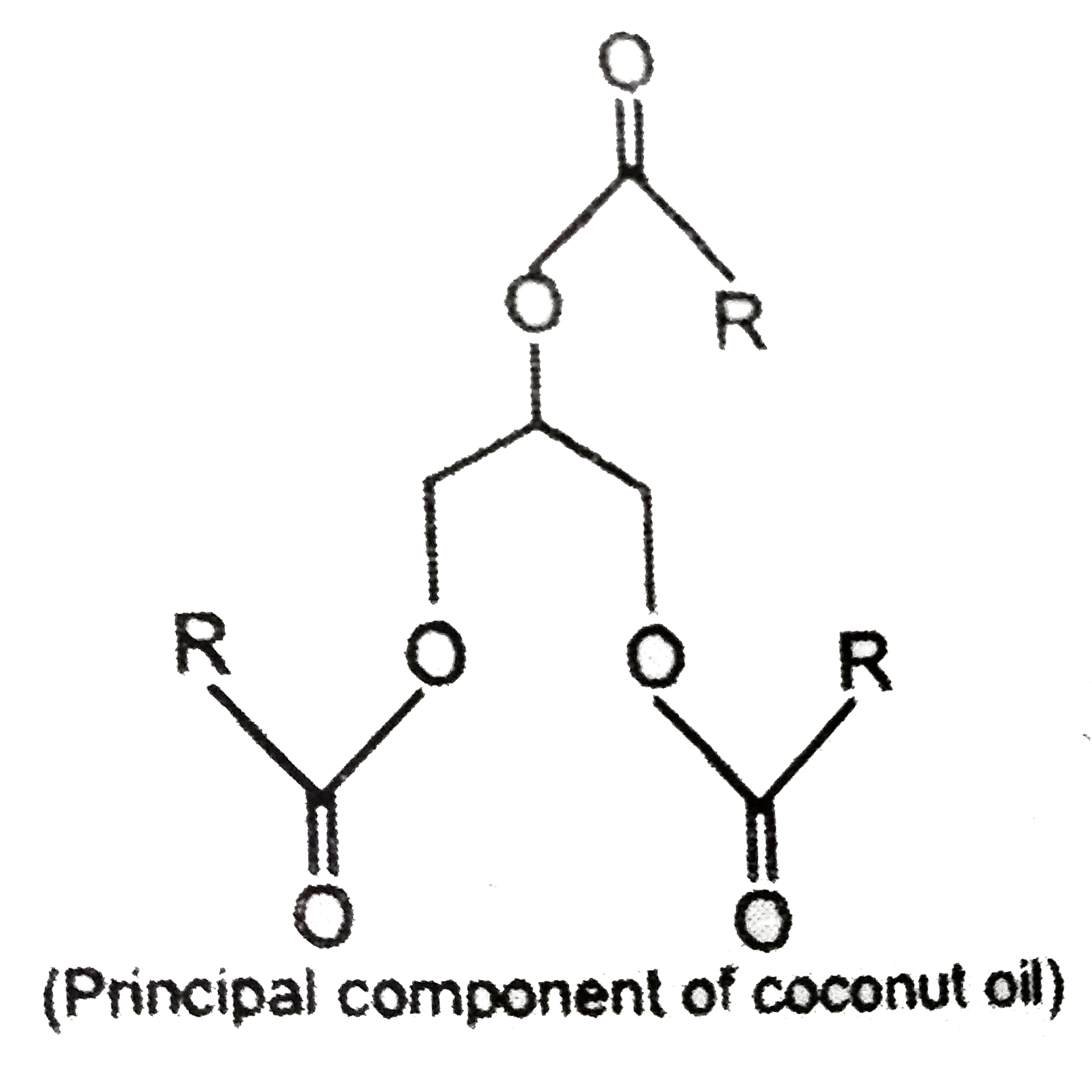C6H5OH+CHCl3+NaOH→ salicylaldehyde The electrophile involved in the above reaction is.
Dichloromethyl cation (CHCl2)
Dichlorocarbene (:CCl2)
Trichloromethyl anion ¯¯¯CCl3
Formyl cation (CHO)
The correct Answer is:B
To determine the electrophile involved in the reaction between phenol (C₆H₅OH), chloroform (CHCl₃), and sodium hydroxide (NaOH) that leads to the formation of salicylaldehyde, we can follow these steps:
1. Identify the Reactants:
The reactants in the given reaction are phenol (C₆H₅OH), chloroform (CHCl₃), and sodium hydroxide (NaOH).
2. Understand the Role of Sodium Hydroxide:
Sodium hydroxide (NaOH) provides hydroxide ions (OH⁻) which can deprotonate phenol, making it more nucleophilic.
3. Analyze Chloroform Structure:
Chloroform (CHCl₃) has the structure where one carbon atom is bonded to three chlorine atoms and one hydrogen atom. The carbon atom in chloroform is electron-deficient due to the electronegativity of chlorine.
4. Formation of Dichlorocarbene:
In the presence of a strong base like NaOH, chloroform can react to form dichlorocarbene (CCl₂). This occurs when one of the chlorine atoms is displaced by a hydroxide ion, resulting in the formation of a carbene with a positive charge on the carbon atom.
5. Identify the Electrophile:
The dichlorocarbene (CCl₂) acts as the electrophile in this reaction. It is electron-deficient and can react with the nucleophilic oxygen of phenol.
6. Mechanism of Reaction:
The nucleophilic oxygen of phenol attacks the electrophilic carbon of dichlorocarbene, leading to the formation of an intermediate. This intermediate can undergo further reactions, including hydrolysis and dehydration, to ultimately yield salicylaldehyde.
7. Conclusion:
Therefore, the electrophile involved in the reaction is dichlorocarbene (CCl₂).
Final Answer:
The electrophile involved in the reaction is dichlorocarbene (CCl₂).
---
The reactants in the given reaction are phenol (C₆H₅OH), chloroform (CHCl₃), and sodium hydroxide (NaOH).
Sodium hydroxide (NaOH) provides hydroxide ions (OH⁻) which can deprotonate phenol, making it more nucleophilic.
Chloroform (CHCl₃) has the structure where one carbon atom is bonded to three chlorine atoms and one hydrogen atom. The carbon atom in chloroform is electron-deficient due to the electronegativity of chlorine.
In the presence of a strong base like NaOH, chloroform can react to form dichlorocarbene (CCl₂). This occurs when one of the chlorine atoms is displaced by a hydroxide ion, resulting in the formation of a carbene with a positive charge on the carbon atom.
The dichlorocarbene (CCl₂) acts as the electrophile in this reaction. It is electron-deficient and can react with the nucleophilic oxygen of phenol.
The nucleophilic oxygen of phenol attacks the electrophilic carbon of dichlorocarbene, leading to the formation of an intermediate. This intermediate can undergo further reactions, including hydrolysis and dehydration, to ultimately yield salicylaldehyde.
Therefore, the electrophile involved in the reaction is dichlorocarbene (CCl₂).
The electrophile involved in the reaction is dichlorocarbene (CCl₂).
Similar Questions
Cl2NaOH−−−→NaCl+NaClO3+H2O
The equivalent mass of Cl2 in the above reaction is
View SolutionCH3OH,CH4,NaOH,C2H5OH
View SolutionCH3OH,CH4,NaOH,C2H5OH
View SolutionC6H5OHandC6H5COOH show difference in the reaction with
View SolutionC6H6+CH3ClAnhydrous−−−−−−−−→AlCl3C6H5−CH3+HCl the name of the above reaction is
View SolutionC6H5−O−CH2CH3+HIΔ−−→X+Y
Identify X and Y in the above reaction?
View Solution NaOH,H2O−−−−−−−→100∘C(Several hours)Product Product is obtained in the above reaction is :
NaOH,H2O−−−−−−−→100∘C(Several hours)Product Product is obtained in the above reaction is :
View SolutionIn the reaction of phenol with CHCl3 and aqueous NaOH at 70∘, the electrophile attacking the ring is:
View SolutionPh−Me∣C∣H−OHSOCl2−−−−−→inC5H5N, Which statement is true for the above reaction?
View SolutionC6H5ClNi−Al/NaOH−−−−−−−−−→A
In this reaction A is :
View Solution
